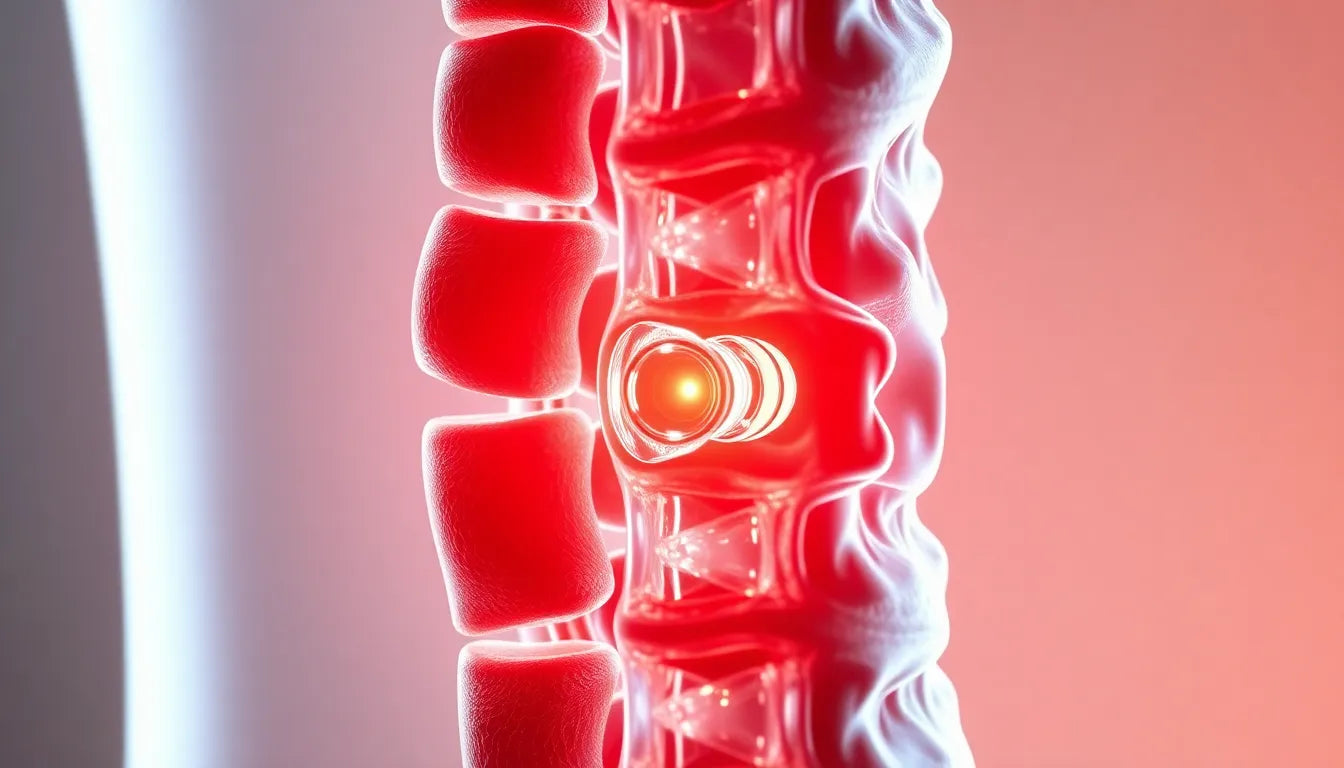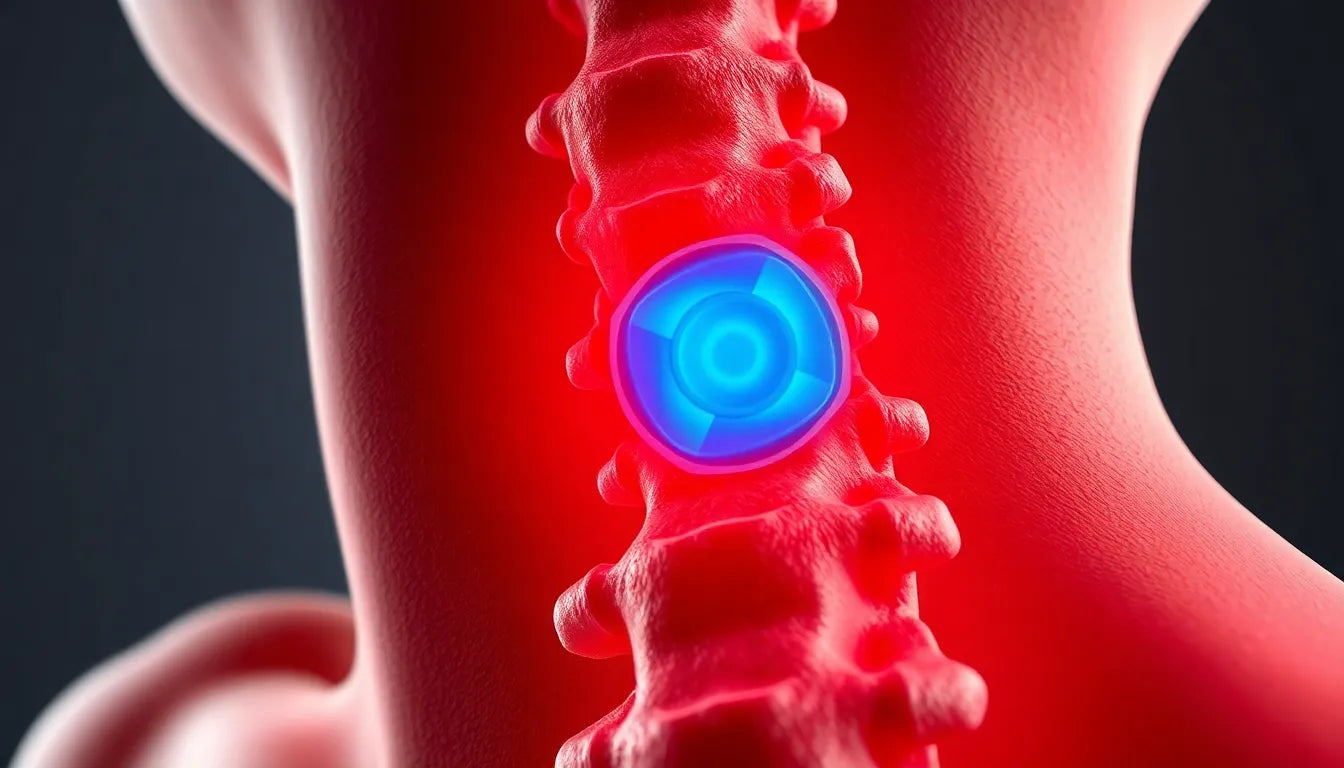Imagine sitting at your desk, feeling a persistent ache in your back. You reach around and discover a tender spot—a muscle knot. This scenario is all too familiar for many, but what exactly are these mysterious knots, and why do they form? Understanding what muscle knots are can be the first step in addressing this common issue and improving your quality of life.
Understanding muscle knots
Muscle knots, also referred to as myofascial trigger points, are not actual knots in the traditional sense. Instead, they are localized muscle spasms or regions where muscle fibers remain contracted. These knots can feel like small, hard lumps under the skin, often causing discomfort or pain. They are most commonly found in the back, shoulders, and neck due to the significant strain these areas endure daily from posture and movement.
The term "myofascial" refers to the muscle tissue (myo) and the connective tissue (fascia) that surrounds it. When these fibers become tight and tense, they can form trigger points, leading to the sensation of a knot. Despite the common belief, these knots are not twisted muscles but rather a sign of muscle tension and stress.
The importance of addressing muscle knots
Muscle knots are incredibly common, affecting an estimated 85% of people at some point in their lives. They can significantly impact daily activities and overall quality of life. The discomfort caused by these knots can lead to reduced mobility, difficulty in performing everyday tasks, and even contribute to chronic pain conditions if left unaddressed.
Recognizing the prevalence and impact of muscle knots is crucial for anyone looking to maintain a healthy and active lifestyle. Whether you're an office worker sitting for long hours or an athlete pushing your body to its limits, understanding the nature of muscle knots can help you take proactive steps to prevent and manage them effectively.
In the following sections, we'll delve deeper into the symptoms, causes, and common locations of muscle knots, providing you with a comprehensive understanding of this widespread issue. By exploring these aspects, you'll be better equipped to identify and address muscle knots, ensuring they don't interfere with your daily life.
Recognizing symptoms and understanding causes
Muscle knots in the back are often characterized by painful, sensitive spots that can feel like hard lumps under the skin. These knots may radiate discomfort to surrounding areas, causing a dull ache or sharp pain. It's important to differentiate between active and latent muscle knots. Active knots are consistently painful, even when at rest, while latent knots only cause pain when pressure is applied. This distinction is crucial for proper management and treatment.
The causes of muscle knots are varied, with several common factors contributing to their development. Overuse of muscles, such as through repetitive strain or excessive physical activity, can lead to persistent muscle contraction, resulting in knots. Poor posture, often seen in office workers who spend long hours sitting, can cause localized spasms as muscles are held in awkward positions. Stress is another significant contributor, leading to muscle fatigue and tension that can manifest as knots.
| Cause | Effect on Muscles |
|---|---|
| Overuse | Persistent contraction |
| Poor Posture | Localized spasms |
| Stress | Muscle fatigue |
Common locations and associated conditions
Muscle knots frequently form in the back, shoulders, and neck due to the significant strain these areas endure daily. The back, in particular, is susceptible because it supports much of the body's weight and is involved in almost every movement we make. The repetitive motions and static positions often required in daily activities can lead to overuse and tension in these muscles, making them prime locations for knots to develop.
Chronic conditions like myofascial pain syndrome are often linked to widespread muscle knots. This condition involves persistent, widespread pain and discomfort, with muscle knots playing a central role in the symptoms experienced. Understanding the connection between muscle knots and chronic pain conditions can help in developing comprehensive treatment plans that address both the symptoms and underlying causes.
Conclusion
Understanding the symptoms, causes, and common locations of muscle knots is essential for effective management and prevention. By recognizing the factors that contribute to the formation of these knots, individuals can take proactive steps to address them, reducing their impact on daily life. In the next section, we will explore the prevalence and impact of muscle knots, along with practical tips for prevention and relief, ensuring a comprehensive approach to managing this common issue.
Prevalence and impact of muscle knots
Muscle knots are a widespread issue, affecting a significant portion of the population. Studies suggest that up to 85% of individuals will experience muscle knots at some point in their lives. These knots can have a profound impact on daily activities, leading to discomfort and reduced mobility. For many, especially office workers and athletes, muscle knots can become a persistent problem, interfering with productivity and performance.
The impact of muscle knots extends beyond physical discomfort. They can affect mental well-being by contributing to stress and anxiety, particularly when pain becomes chronic. This highlights the importance of addressing muscle knots not only for physical health but also for overall quality of life.
Prevention and relief strategies
Preventing and relieving muscle knots involves a combination of lifestyle adjustments and targeted interventions. Here are some practical tips to help manage muscle knots effectively:
- Regular stretching: Incorporate daily stretching routines to keep muscles flexible and reduce tension. Focus on areas prone to knots, such as the back, shoulders, and neck.
- Maintain good posture: Practice proper posture, especially when sitting for extended periods. Ergonomic chairs and desk setups can support spinal alignment and reduce muscle strain.
- Use ergonomic aids: Consider ergonomic products like lumbar supports, standing desks, and adjustable chairs to minimize stress on muscles and promote better posture.
- Stay active: Regular physical activity can help prevent muscle knots by improving circulation and reducing muscle stiffness.
- Manage stress: Incorporate stress-reduction techniques such as deep breathing, meditation, or yoga to alleviate muscle tension.
Visual aids such as infographics illustrating ergonomic exercises and proper posture techniques can be valuable resources for those looking to implement these strategies effectively.
Myth-busting common misconceptions
There are several misconceptions about muscle knots that can lead to confusion. One common myth is that muscles are literally "knotted." In reality, muscle knots are areas of tension where muscle fibers are contracted, not twisted. Understanding this can help individuals approach treatment with the right mindset, focusing on relaxation and tension release rather than trying to "untie" the muscle.
Frequently Asked Questions
What exactly are muscle knots?
Muscle knots are areas of muscle fibers that are contracted and tender, known as myofascial trigger points. They are not actual knots but rather localized muscle spasms.
How can I prevent muscle knots from forming?
Regular stretching, maintaining good posture, and using ergonomic aids can help prevent muscle knots. Staying active and managing stress are also key preventive measures.
Are there any home remedies for muscle knots?
Yes, applying heat, gentle massage, and practicing relaxation techniques can provide relief from muscle knots. These methods help reduce tension and improve circulation.
When should I see a doctor for muscle knots?
If the pain is severe, persistent, or affecting your daily life, it's advisable to consult a healthcare professional. They can provide a comprehensive evaluation and recommend appropriate treatment options.
Can ergonomic products really help with muscle knots?
Yes, ergonomic products can reduce strain on muscles and support proper posture, helping to prevent muscle knots. They are especially beneficial for those who spend long hours sitting or performing repetitive tasks.


















